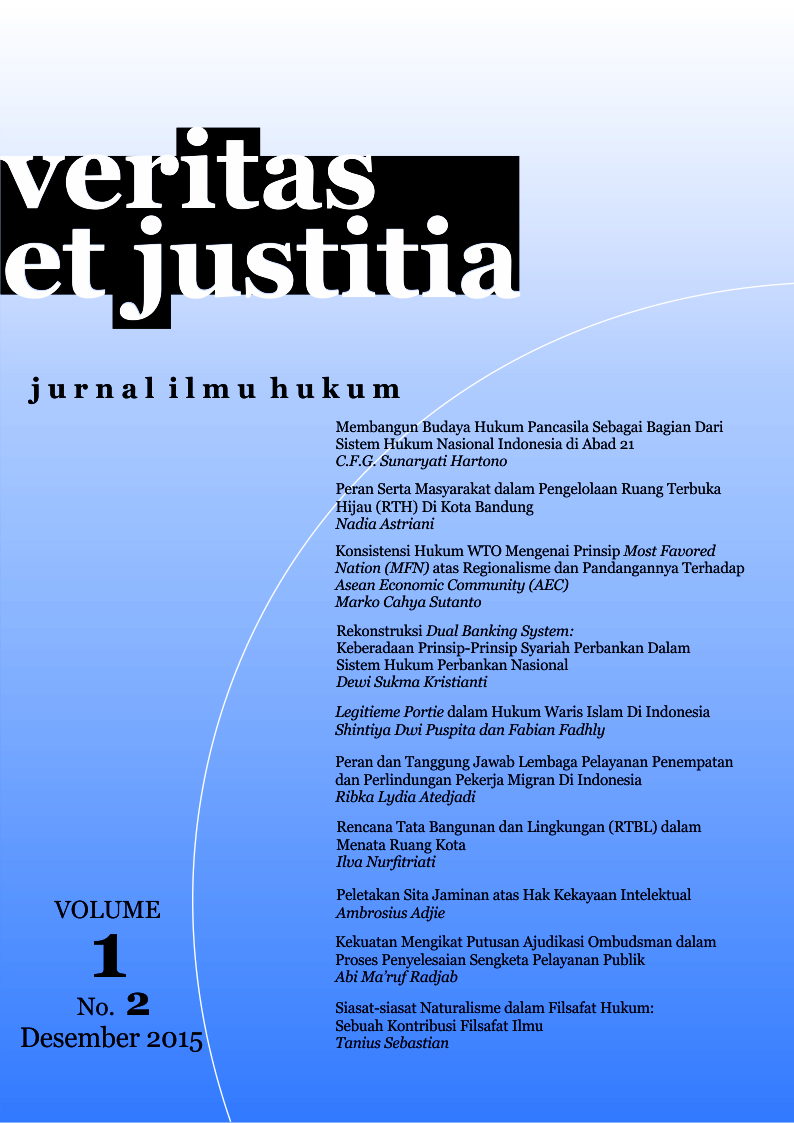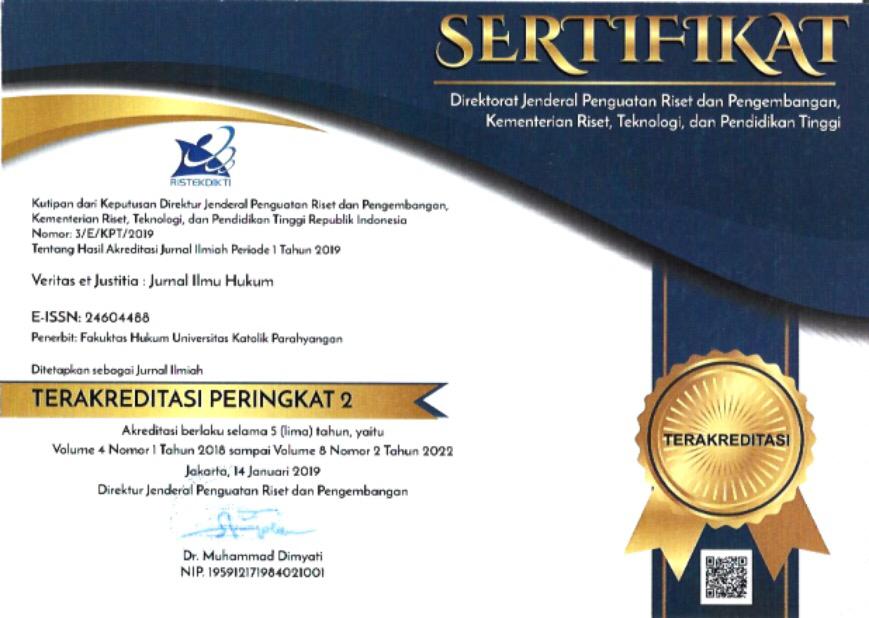PERAN SERTA MASYARAKAT DALAM PENGELOLAAN RUANG TERBUKA HIJAU (RTH) DI KOTA BANDUNG
DOI:
https://doi.org/10.25123/vej.v1i2.1689Abstract
As a vehicle for social interaction, open spaces are expected to be able to link all of members of society (or the local community) without differentiating between their social, economic and cultural background. Green open space forms part of the urban space available in a region that has been filled with plants in order to bring ecological, social, cultural and aesthetic benefits. From the research conducted previously, it may be gathered that reaching the green open space proportion of 30% in the city region could only have been accomplished by involving many stakesholders, especially the local community members. This phenomenon piqued the interest of the researchers to conduct further research into the active participation of society (local community members) in the management of green open space and into the policies issued by the government to increase this effort. The outcome shows that the active participation of the local community members in the utilization of green open space serves not only to supervise the government policies, but it also plays an important role in managing and maintaining the green open space in their neighborhood. The expansion of the local community’s grasp of the concept being not only the party affected by its impact, but also as the interest and pressure group broadening its active participation by participating in managing the green open space, and even expanding the green open space by making agreements with the government. On the other hand, the government itself has been making various efforts to increase the active participation from society by encouraging the usage of Corporate Social Responsibility to manage the green open space and offer training sessions and courses to the local community involved.Downloads
Published
Issue
Section
License
Authors who publish with this journal agree to the following terms:
Authors retain copyright and grant the journal right of first publication with the work simultaneously licensed under a Creative Commons Attribution License that allows others to share the work with an acknowledgement of the work's authorship and initial publication in this journal.
Authors are able to enter into separate, additional contractual arrangements for the non-exclusive distribution of the journal's published version of the work (e.g., post it to an institutional repository or publish it in a book), with an acknowledgement of its initial publication in this journal.
Authors are permitted and encouraged to post their work online (e.g., in institutional repositories or on their website) prior to and during the submission process, as it can lead to productive exchanges, as well as earlier and greater citation of published work.
The Journal allow the author(s) to hold the copyright and to retian publishing rights without restrictions.










